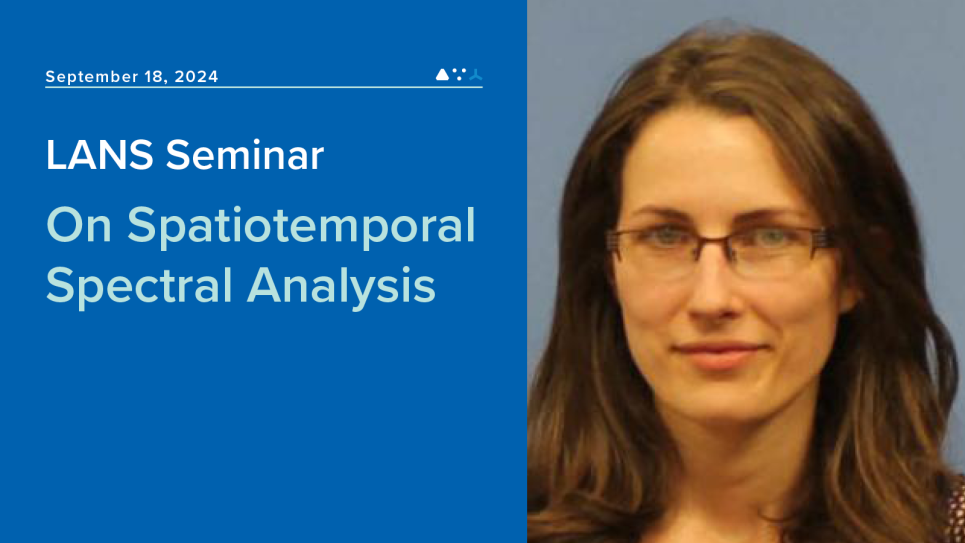
On Spatiotemporal Spectral Analysis
The second order characteristics of high-dimensional spacetime data give insight into the underlying dynamics of spacetime processes, but can be difficult to estimate, interpret, and model. As an alternative to autocovariance estimation, we consider power spectrum estimation in 1-3 dimensions. We use bandlimited special functions to facilitate the estimation of the spectrum and control its statistical properties. We also consider multivariate processes, the missing data case, unequal sampling, and point processes in 3D. We give two examples from DOE priority areas. The first is a verification and validation study of a fluid flow experiment, in which we are able to show that the spectra corresponding to two different inflow characteristics have quantitatively different features at the vortex shedding velocity. We also consider the use of bandlimited taper functions to constrain the spectrum of a 3D point process which arises during 3D x-ray scattering experiments.
Bio: Charlotte Haley is an Assistant Computational Statistician at Argonne National Laboratory in the division of Mathematics and Computer Science. She received her doctorate in Statistics from Queen's University, and is interested in spacetime statistics, spectral analysis, time series analysis, signal processing, and high performance computing in Julia and Python. She has worked in various application areas: astronomy and astrophysics, climate, materials science, complex systems, and others.
See all upcoming talks at https://www.anl.gov/mcs/lans-seminars